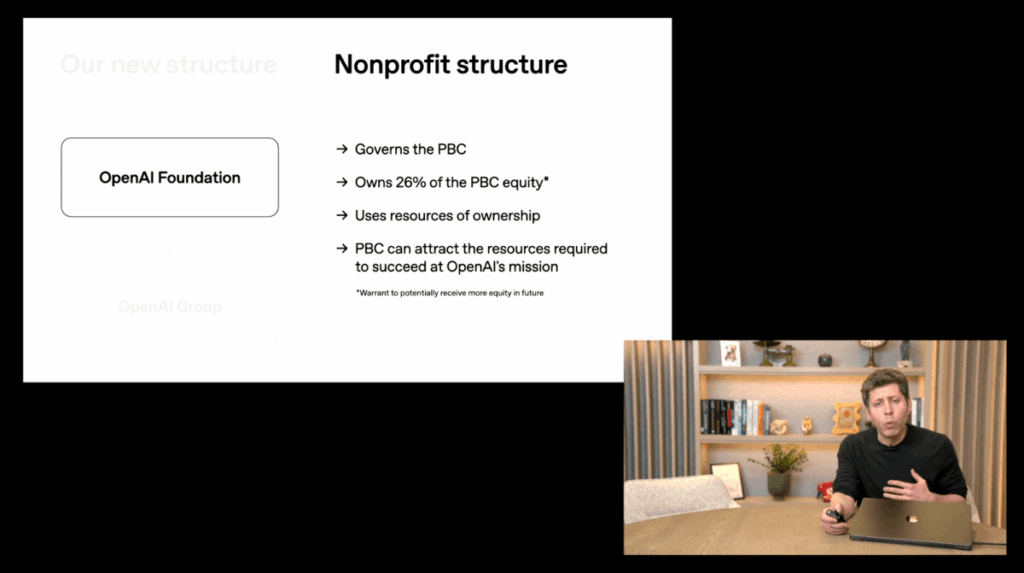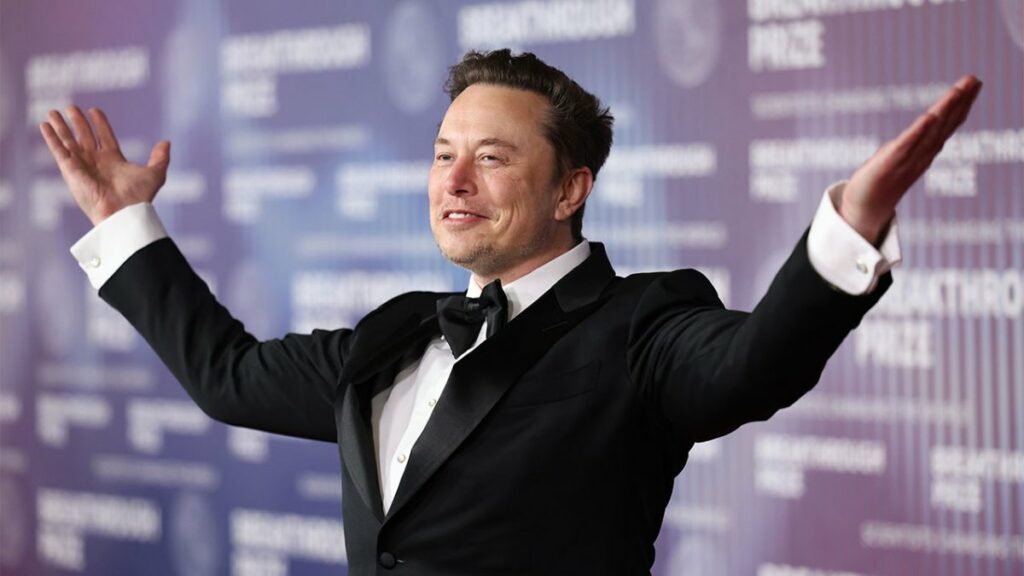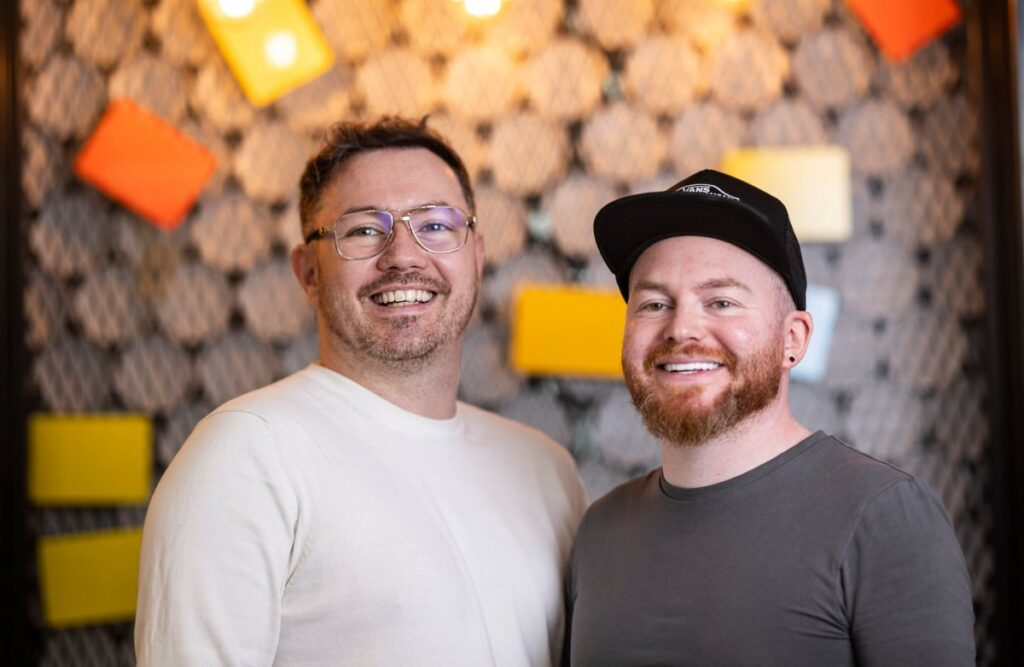OpenAI says its deep learning systems are rapidly advancing, with models increasingly able to solve complex tasks faster. So fast, in fact, that internally, OpenAI is tracking towards achieving an intern-level research assistant by September 2026, and a fully automated “legitimate AI researcher” by 2028, CEO Sam Altman said during a livestream Tuesday.
The ambitious timeline comes on the same day OpenAI finalized its transition to a public benefit corporation structure, moving away from its non-profit roots. This restructuring releases OpenAI from limitations tied to its non-profit charter, while also opening up new opportunities for capital raising.
Jakub Pachocki, OpenAI’s chief scientist, joined Altman on the livestream. He described this AI researcher — not to be confused with a human who researches AI — as a “system capable of autonomously delivering on larger research projects.”
“We believe that it is possible that deep learning systems are less than a decade away from superintelligence,” Pachocki added. He described superintelligence as systems smarter than humans across a large number of critical actions.
To achieve those goals, OpenAI is betting on two key strategies: continued algorithmic innovation and dramatically scaling up “test time compute” — essentially how long models spend thinking about problems. Current models can handle tasks with a roughly five-hour time horizon and match top human performers in competitions like the International Mathematics Olympiad, Pachocki said. But he believes this horizon will extend rapidly, in part by allowing models to spend far more computational resources thinking through complex problems. For major scientific breakthroughs, Pachocki said, it would be worth dedicating entire data centers’ worth of computing power to a single problem.
OpenAI says these goals are in line with the firm’s overall push to advance scientific research and allow AI to potentially make discoveries faster than human researchers, tackle complex problems beyond current human capabilities, and dramatically speed up technological innovation across multiple fields like medicine, physics, and technology development.
Altman also said the restructuring creates a framework to support OpenAI’s aggressive timeline for AI research assistants while maintaining a commitment to responsible AI development. Under the new structure, the non-profit OpenAI Foundation, which is focused on scientific advancement, will own 26% of the for-profit and will govern the research direction. The non-profit also has a $25 billion commitment to use AI for curing diseases and will help manage AI research and safety initiatives.
Techcrunch event
San Francisco
|
October 27-29, 2025
Per Altman, the for-profit arm’s ability to raise more funds means it can scale the necessary infrastructure buildout to achieve scientific advancements. Altman said OpenAI has committed to 30 gigawatts of infrastructure, which is a $1.4 trillion financial obligation, over the next few years.


